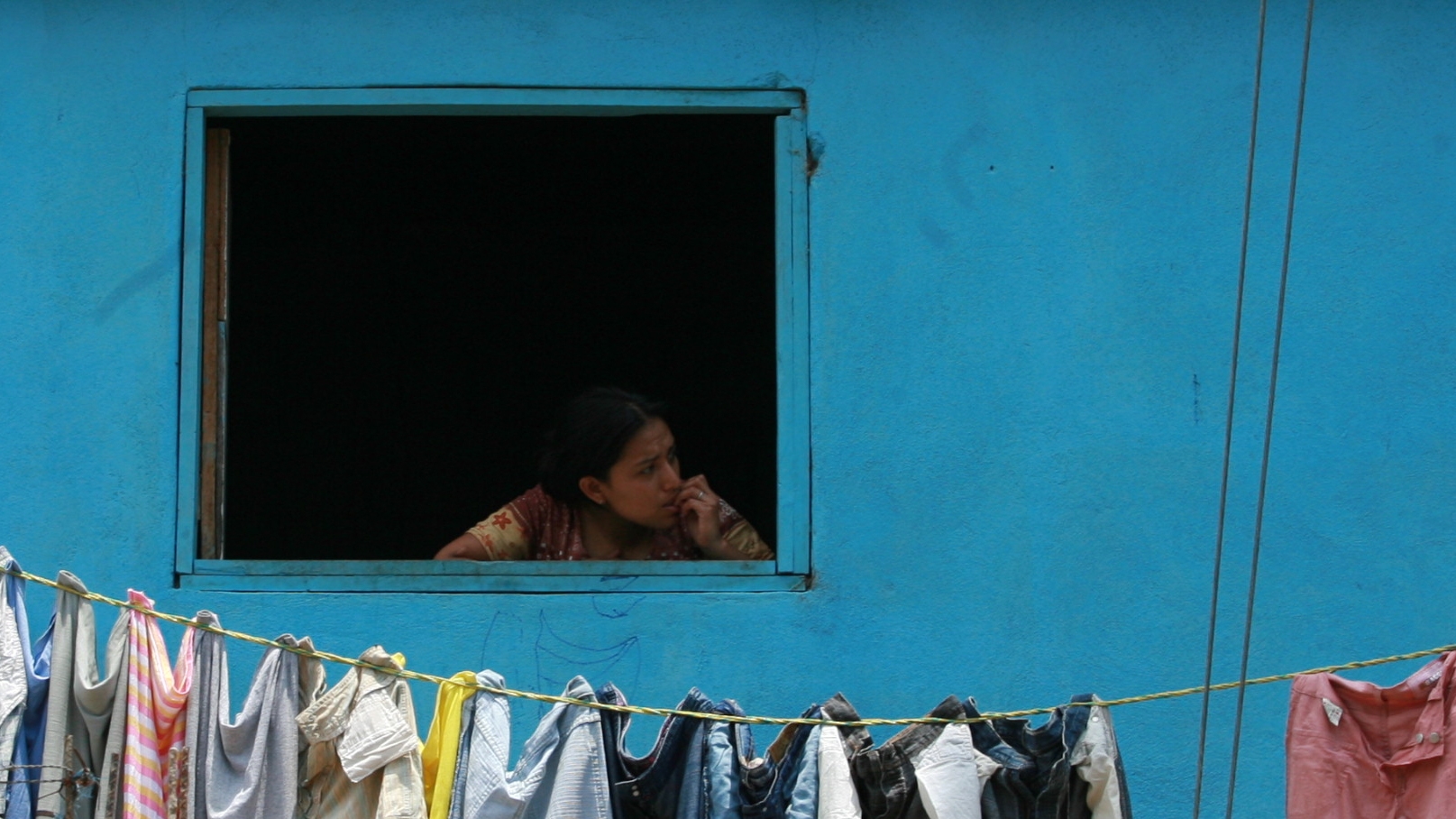Violence is an epidemic and there are forms of treating –and possibly eradicating—it, in the same way other endemic diseases are treated or have been treated.
That may sound revolutionary, but the challenge is to propose solutions to the problem of violence in Latin America, the region with the highest rate of per capita homicides in the world: more than 10 homicides for every 100,000 inhabitants, according to the World Health Organization (WHO).
Andrés Villaveces is an epidemiologist. Along with other World Bank experts, he is participating in a conference that has brought more than 450 delegates from Latin America and other locations together in Guatemala to attempt to launch a continental effort to help protect victims and perpetrators of this epidemic: young people.
Question. We have 9% of the global population but 30% of all homicides. Are we facing an epidemic of violence in Latin America?
Response. Yes. According to the WHO’s definition, in the case of violence, a rate of over 10% is an epidemic. Most Latin American countries have far higher rates. So, yes, it is an epidemic.
Q. Currently, the epidemic in the headlines is Ebola in Africa. We have seen that there are very clear protocols in place to fight that type of epidemic. Are there also protocols for the epidemic of violence?
R. Without a doubt. The strategies for studying violence, for understanding it, as well as the methods for evaluating it and explaining what works and what does not, are very similar to those used to understand other epidemics. Clearly, the interventions are different, but there are a variety of potential responses. Actions can be implemented at the individual, household, school, community or municipal, sub-national or national levels. They all complement one another.
Q. Who is responsible for implementing those actions?
R. At the national level, we can talk about the adoption of a law that restricts the carrying of weapons or access to firearms, for example. In Latin America, we have examples where restriction has reduced homicide rates. The same thing occurs with alcohol. Restricting alcohol is even more effective in reducing homicides: in some cities, a two-hour reduction in access to alcohol led to 25% fewer homicides. At the institutional level, there are responses we can develop in terms of the production, dissemination and collection of information that is more reliable, that clearly shows how violence is distributed and what populations it affects.
We can work on creating more pro-social environments within the family, preventing domestic violence and child abuse, for example. We have school activities where we can create a more productive, creative environment. Then we have strategies and interventions that we can implement at multiple levels and which can also give us benefits at multiple levels. These are all complementary and desirable, especially in environments vulnerable to violence.
Q. What about repression? Is it also part of those actions?
R. Control activities are necessary and important, but they are not the only ones and they are not the best solution. Prevention really is the best strategy from an economic and social standpoint. All violent actions produce a series of consequences that create a cascade effect that socially and economically harms the individual and his family. Clearly, prevention offers many more long-term benefits than do repressive and control activities by themselves. Undoubtedly, police control activities and improved justice systems in terms of efficiency and response capacity are essential and complementary, but prevention is key.
Q. Why the focus on young people?
R. Young people commit more violent acts and are also the main victims of violence. Particularly men. That is a significant reason; it is the population most affected by violence, not just in Latin America, but around the world. So they should be our focus. Moreover, when we work with young people, we have more opportunities to correct and prevent the problem over the long term than when we work with adults who have already learned violent behaviors. The earlier we intervene in the youth population, the better long-term effects we will achieve. A third element is that young people are in a better position to earn income for their families. If they are the people most affected by violence because they become permanently disabled or die, families are going to face severe economic difficulties, leading to a cycle of poverty. We want to prevent this from happening. While this of course must be accompanied by increased access to employment and education, curtailing that cascade of violence gives young people the opportunity to do something more productive for their societies.

